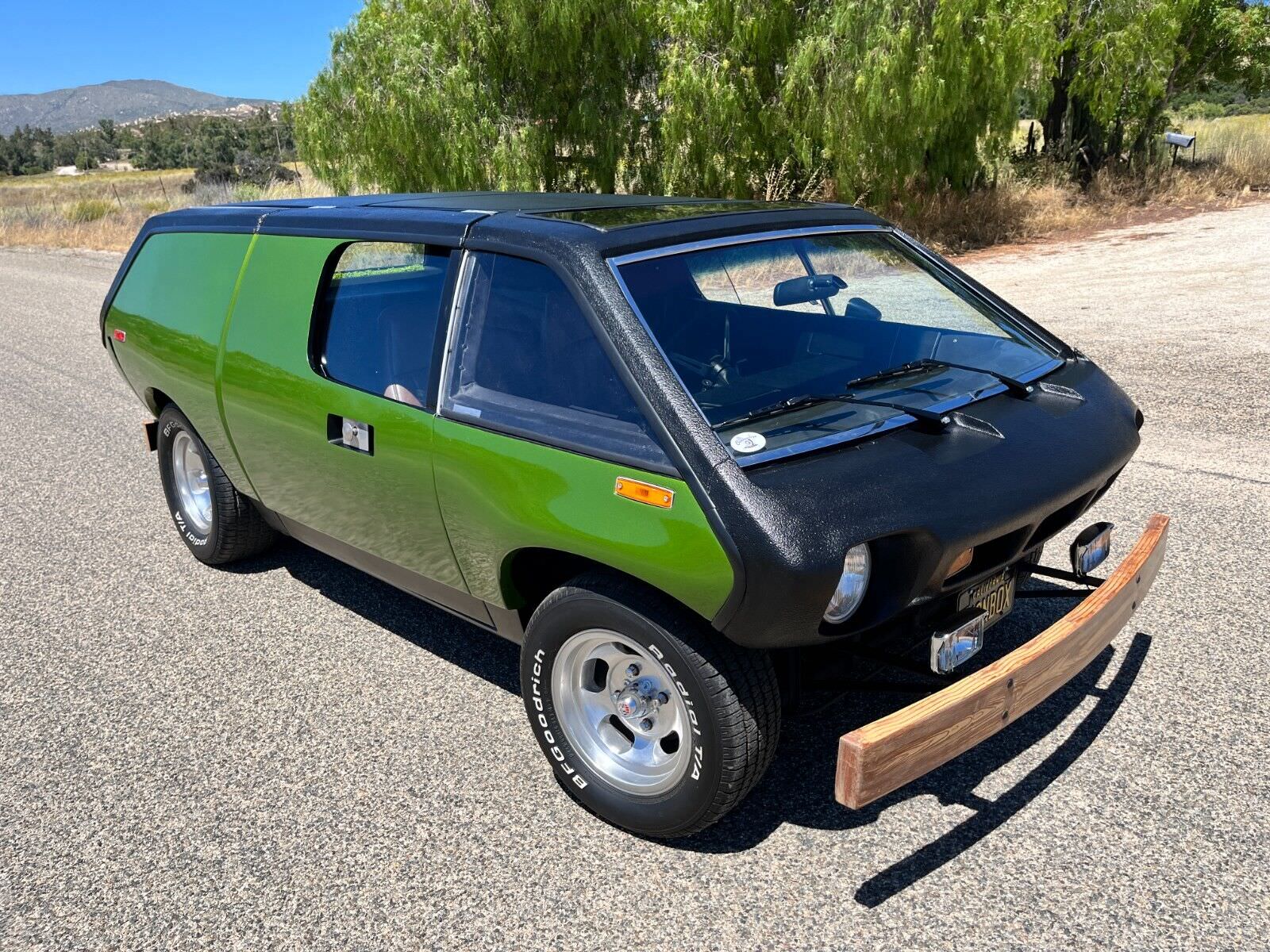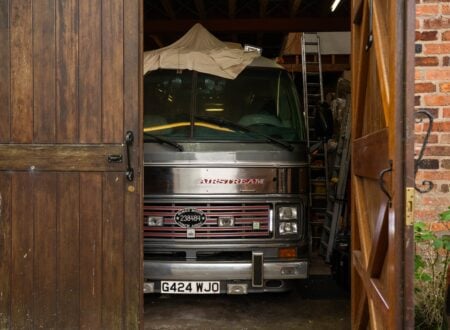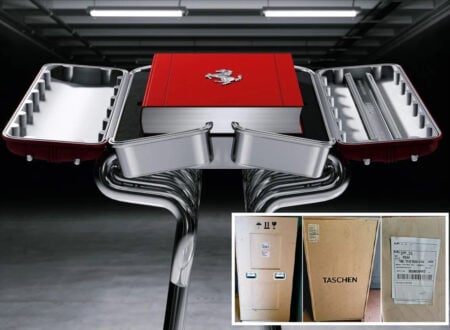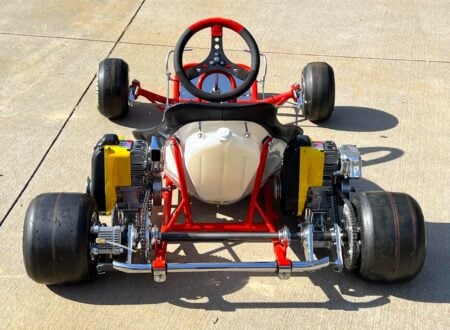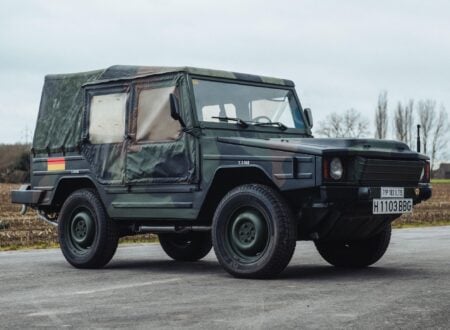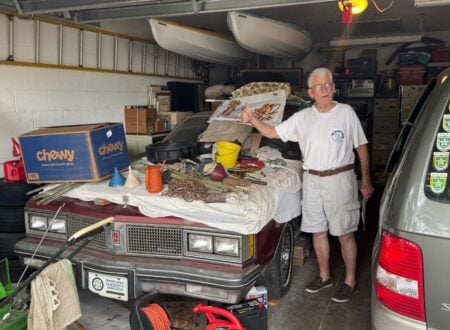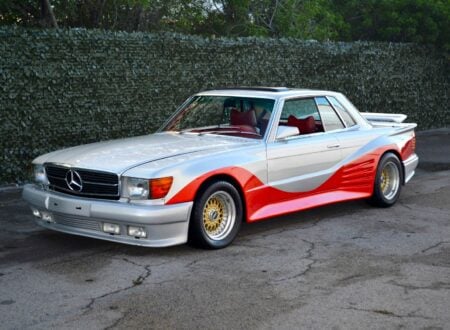The Brubaker Box first appeared in 1972 and would defy the odds by becoming one of the most famous van designs of the decade– even though it wasn’t being produced by a major manufacturer.
The concept came from the mind of Curtis Brubaker, an Art Center College of Design graduate who also worked with Bill Lear developing his now legendary Learjet. Curtis was also instrumental in developing the Lear-Jet Helicopter, the in-car navigational touchscreen, holographic H.U.D systems, haptic displays, DUI ignition locks, the Disney Space Pavilion, eBooks, and eight track tape systems among other innovations.
Fast Facts – The Brubaker Box
- The Brubaker Box was developed by Curtis Brubaker, who was inspired by the popularity of the VW Bus in California in the 1970s.
- The design of the vehicle was so futuristic it was used extensively on the on the popular television show “Ark II.” The Brubaker Box also appeared in the 1973 film “Soylent Green,” and the 1995 film “Grid Runners.”
- The Brubaker Box entered production in 1972 however the refusal by Volkswagen to sell the company Beetle chassis quickly ended things. Just three were made by Brubaker, though some additional vehicles were produced later in the 1970s by Automecca.
- Today it’s believed that just 10 examples of the Brubaker Box remain on the road, with a small number of project vehicles that are in need of a full restoration.
- The Brubaker Box you see here is the nicest example we’ve ever seen come up for sale. It’s one of the one of the original Automecca-built examples, it’s undergone a full restoration over the past year and it’s now being offered for sale out of Aguanga, California on eBay.
Developing The Brubaker Box
Some say that the Brubaker Box was the very first minivan, an automotive genre that would explode in popularity through the late 1970s and into the 1980s. Whether it was the first or not is open for debate, it was definitely one of the first minivans and certainly one of the most memorable.
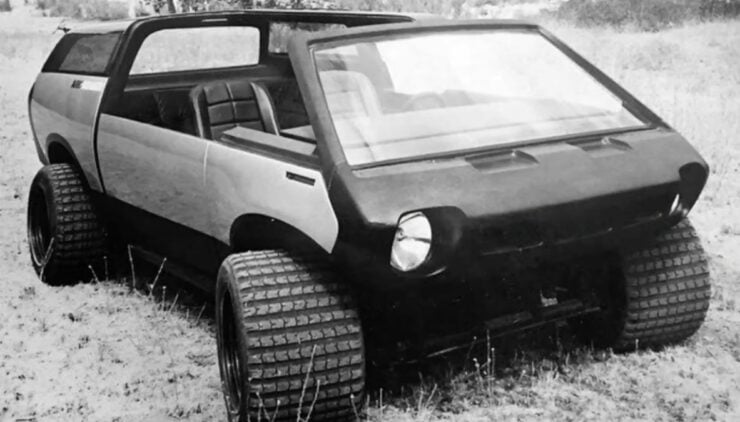

The vehicle was developed by the influential Art Center College of Design trained designer Curtis Brubaker. His inspiration is said to have come from seeing just how popular the VW Bus had becoming in California by the late 1970s. They were being used by surfers and other young people as homes on wheels to go exploring, and it gave Brubaker an idea.
He decided to develop a new van design, smaller in height that the full-sized VW Bus with a sliding door on the side, two seats up front, and additional seating in the rear. The styling of his new creation was first made as a 1:5th scale model, then as a full-sized fiberglass vehicle based on an unmodified VW Beetle chassis.
The design of the body was revolutionary for the time, it was made entirely from fiberglass consisting of 13 inner and outer fiberglass panels that were all riveted and bonded together to create the shell. Unique shock absorbing bumpers were designed, they were also made from fiberglass but were finished with a faux woodgrain – resulting in many believing they were made from actual wood.
Somewhat controversially, the Brubaker Box didn’t have any normal doors. The only way to get in and out was through the sliding side door, which was good for tight parking situations but possibly difficult to live with day to day. The vehicle could be ordered with a number of seating plans, all had the two main seats up front and you could also have couch-like seating in the rear.
Above Video: This clip from the Discovery Channel shows the original designer of the Brubaker Box, Curtis Brubaker, being interviewed about his creation, and showing a bunch of never before seen images of the early prototype and development phase.
The original front-mounted VW Beetle fuel tank was moved to under the floor of the central section for safety, with otherwise the rolling Beetle platform remained largely original including the engine, transmission, suspension, and brakes.
The Ill-Fated Production Run
The first prototype of the Brubaker Box was shown at the Los Angeles International Motorsports Show in 1972 and the team behind it were completely unprepared for how popular it would be. They had people trying to give them money to place preorders for the vehicle, based on this demand they decided to put the Box into production.
Brubaker leased a 17,000 square-foot facility in Los Angeles in March of 1972 to assemble Boxes with initial plans for five a month, and a vision to increase this to 400 per month by the end of the year. The price for a brand new, factory built Brubaker Box was to be $3,995 USD (the equivalent to $29,066 USD in 2023) and the company had no shortage of takers.
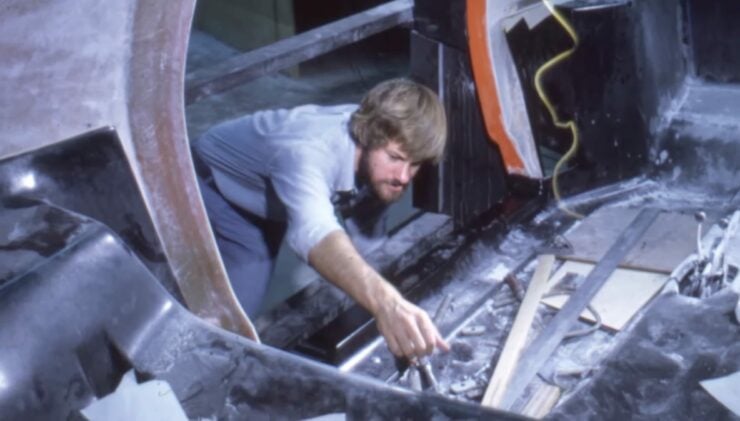

Negotiations with Volkswagen in Germany began, with the plan centering around buying rolling VW Beetle chassis to use as production got underway.
Sadly, this is where things began to come apart at the seams. VW refused to supply the requested chassis based on concerns about legal liability, though some have hypothesized that they may have been more concerned about the Brubaker Box competing with the VW Bus.
As a result of this set back, Curtis Brubaker and his team began buying VW Beetles, stripping off the bodies and selling the parts, then using the chassis to construct Brubaker Boxes one at a time. It proved costly and inefficient, by this stage the writing was on the wall and just three were completed before the company shut down.
Although that may sound like the end of the story, it wasn’t. Mike Hansen of AutoMecca acquired the rights and moulds to the design and put it into production himself as a kit car that people could build themselves on a Beetle chassis. It’s believed that 25 kits were sold in total before production shut down in the late 1970s.
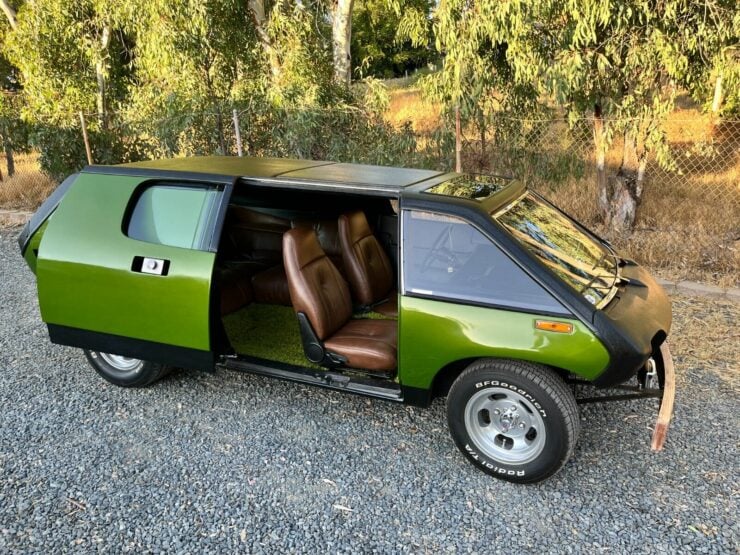

There was one other attempt to restart production in the late 1990s however it never came to fruition. It’s believed that just 10 examples of the Brubaker Box remain on the road today, including both Brubaker and AutoMecca produced examples, with an additional number of known vehicles in need of restoration.
The Box did make an impact on popular culture, it appeared on the cover of Car and Driver magazine for the March 1972 issue which shot the car to nationwide stardom. It was then subsequently used in the television show “Ark II,” followed by appearances in the 1973 film “Soylent Green,” and the 1995 film “Grid Runners.”
The Restored Brubaker Box Shown Here
The vehicle you see here is an AutoMecca built Brubaker Box that is said to have been discovered as a bare, sun-cooked body in the high desert of California. It’s now been through a thorough restoration and presents in remarkably good condition – it’s the best Brubaker Box we’ve ever seen come up for sale.
During the restoration a brand new 1600cc dual port VW Beetle flat-four engine was bought. It’s not a rebuilt old engine but a new one in every way with a new AS-41 engine case, all new internals and externals.
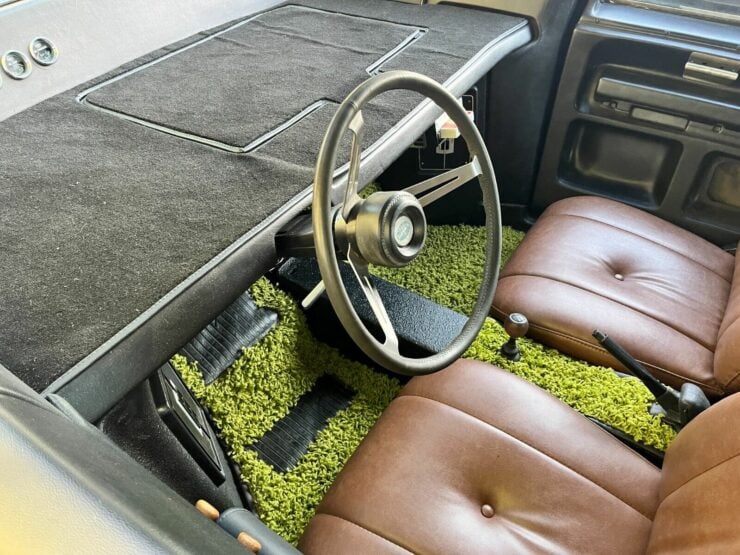

Power is sent to a 4-speed manual Beetle transmission and from there to the rear wheels. The Box rides on Beetle independent suspension on all four corners with the Beetle drum brakes, and the vehicle has been driven less than 100 miles since it was completed.
It’s now being offered for sale on eBay out of Aguanga, California. It’s finished in Jungle Green Metallic with period correct long green shag carpet, and the interior has been rebuilt to match the original design in a brown vinyl.
If you’d like to read more about it or register to bid you can visit the listing here. There’s still time to bid at the time of writing, with the current high bid just over $50,000 USD.

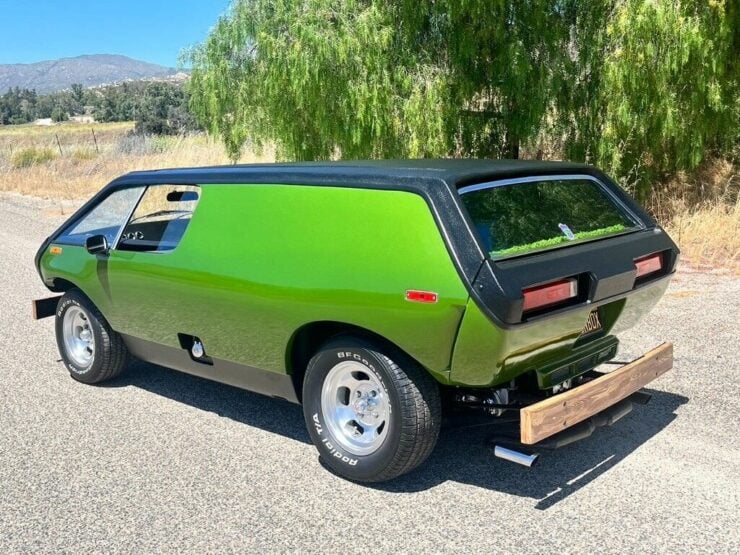
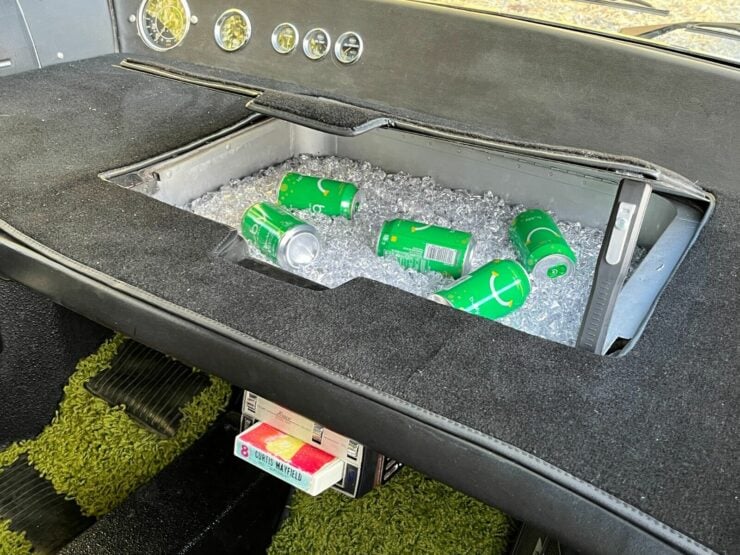
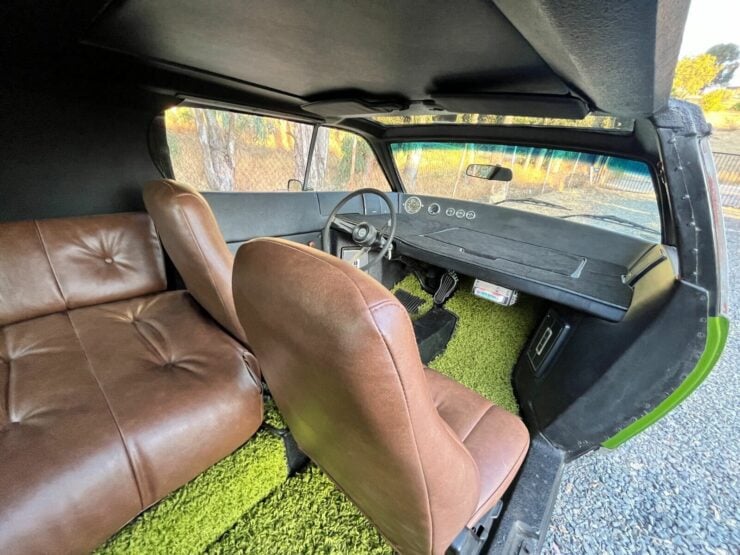
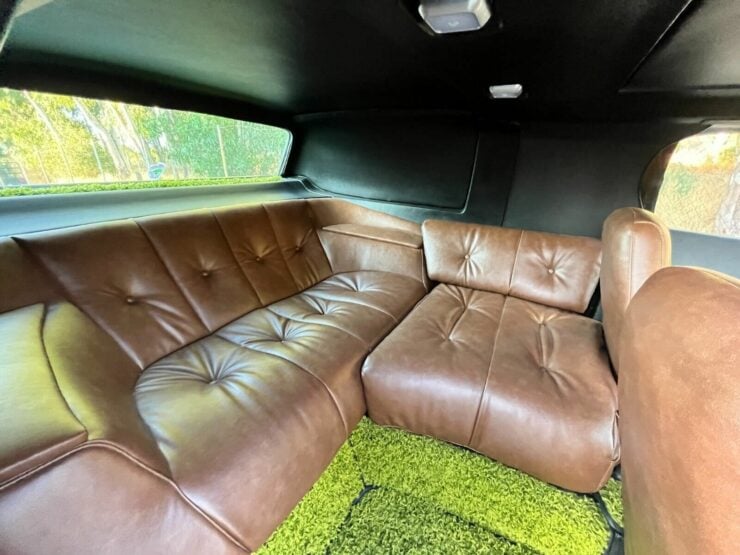
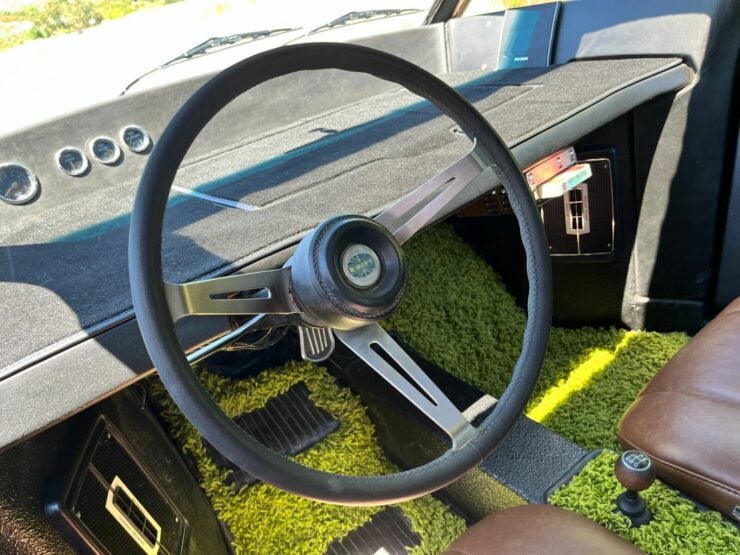
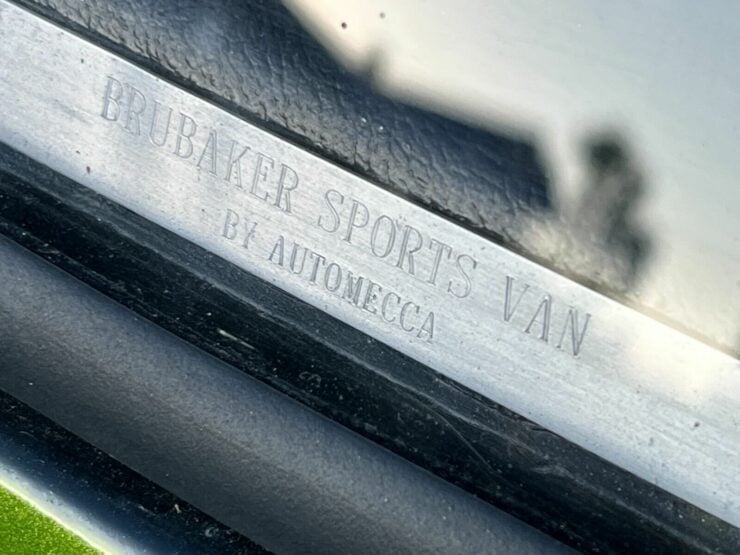
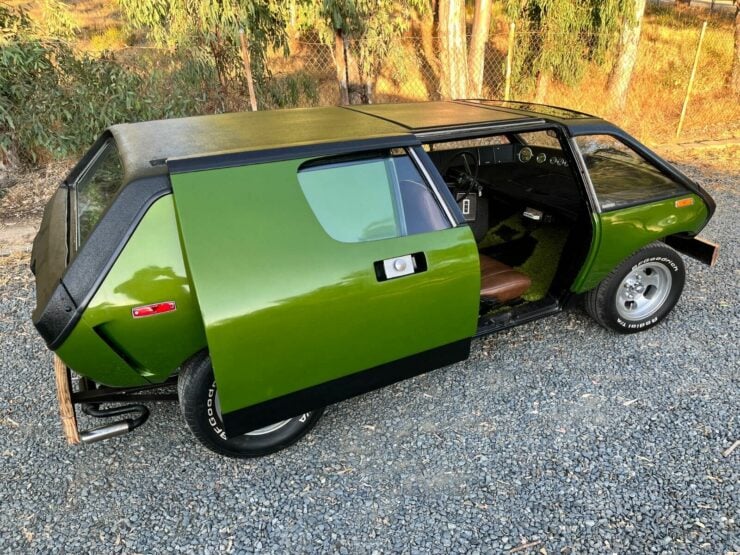
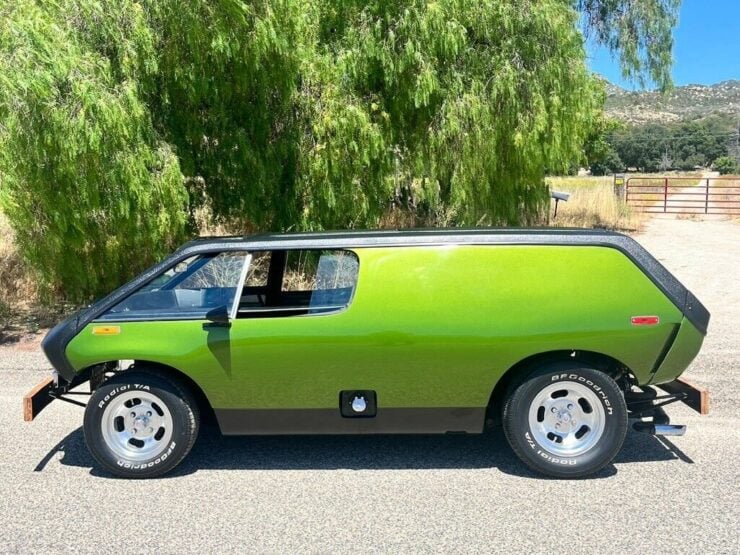
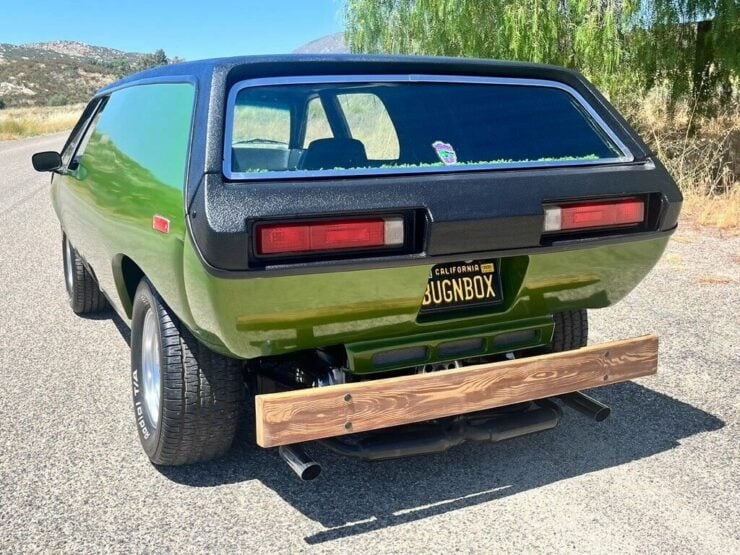
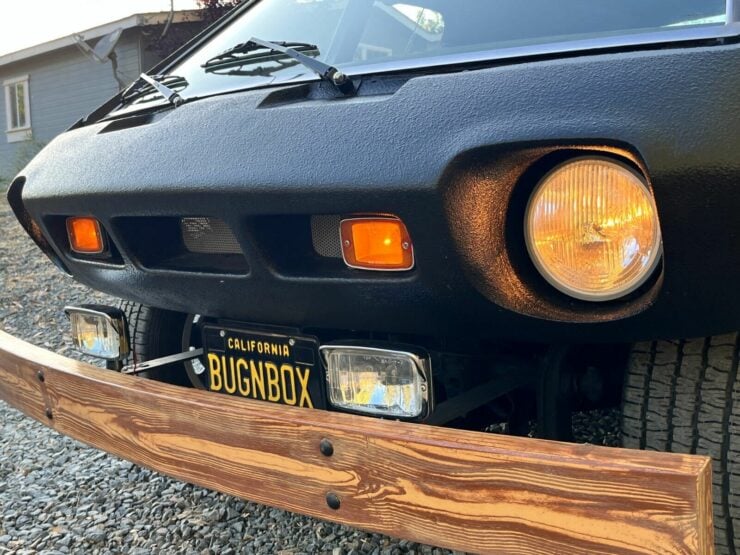
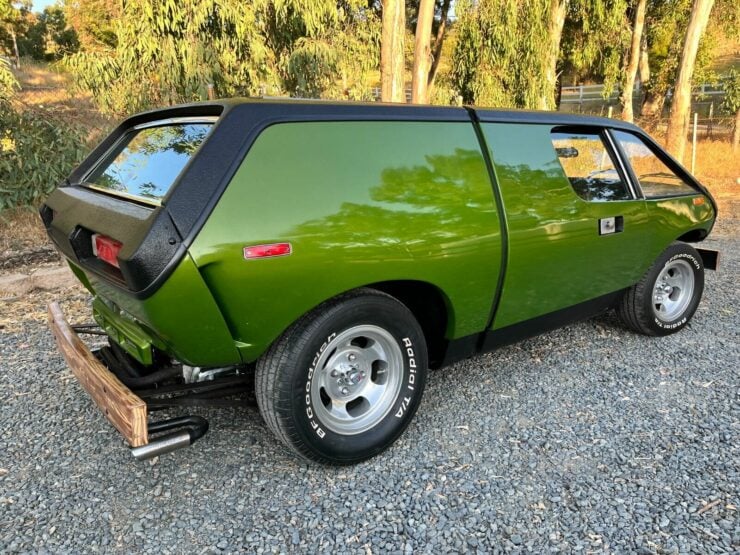
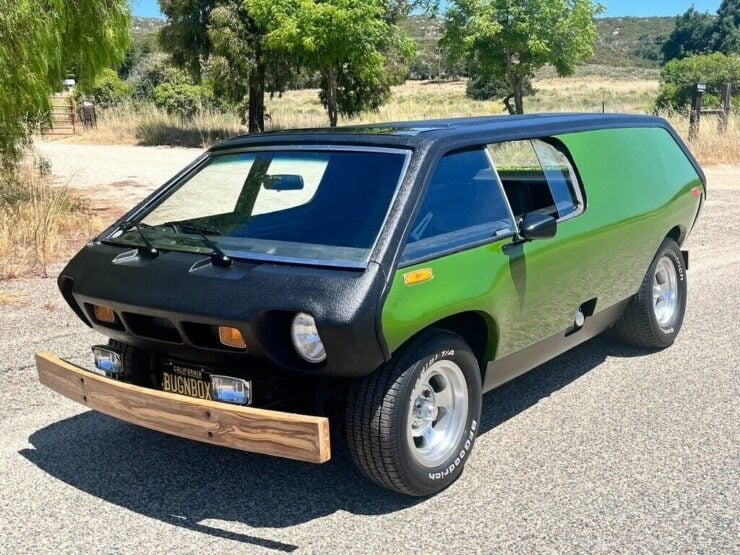
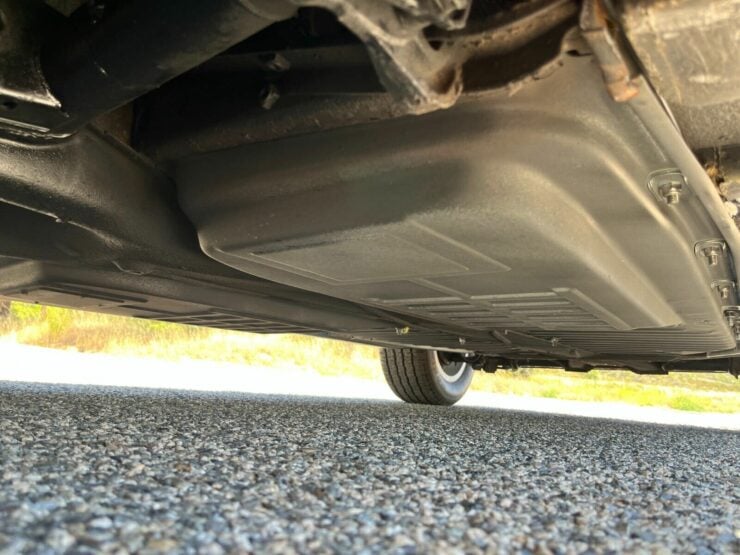
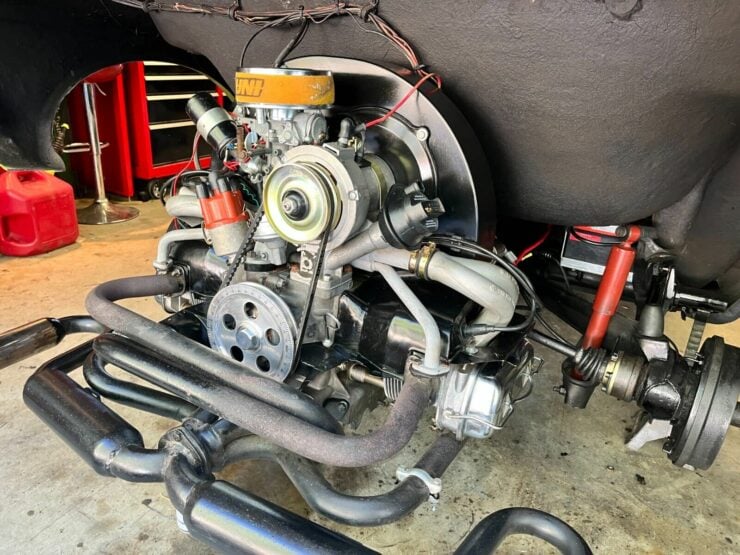

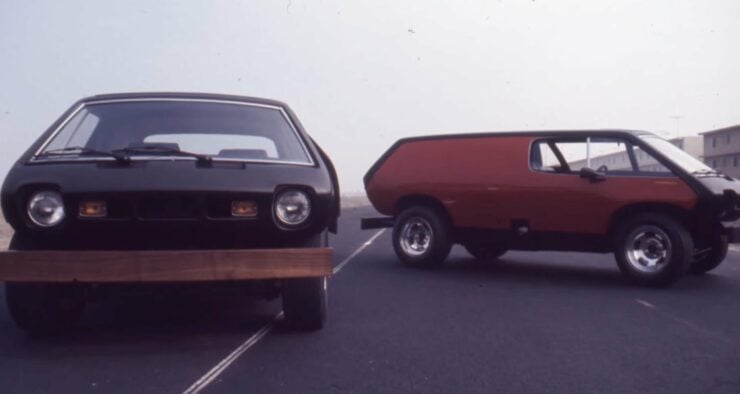
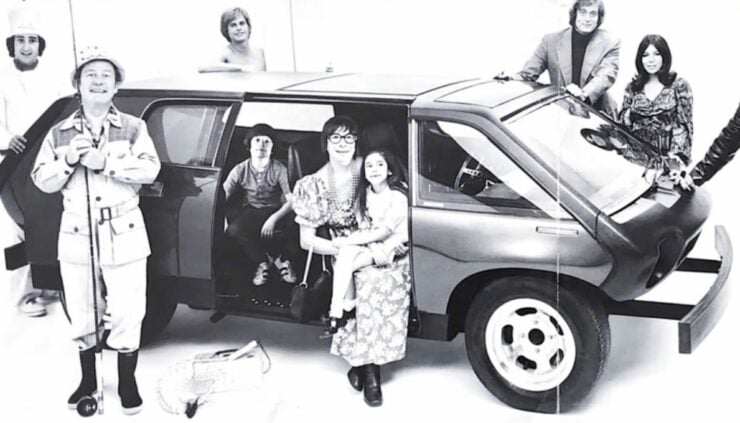
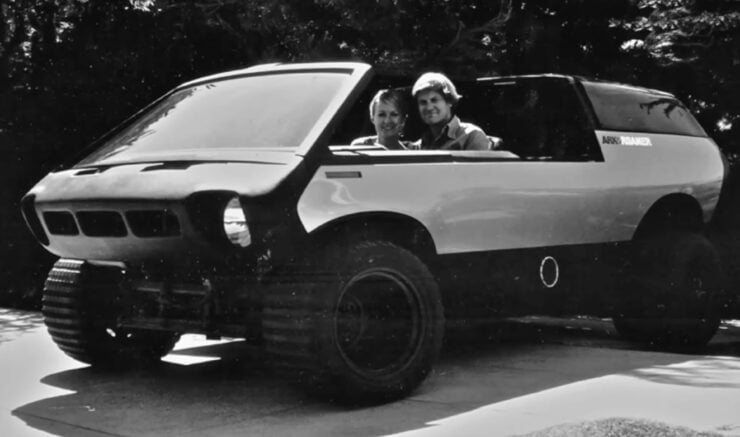
Images courtesy of eBay Motors + OldBug + Brubaker

